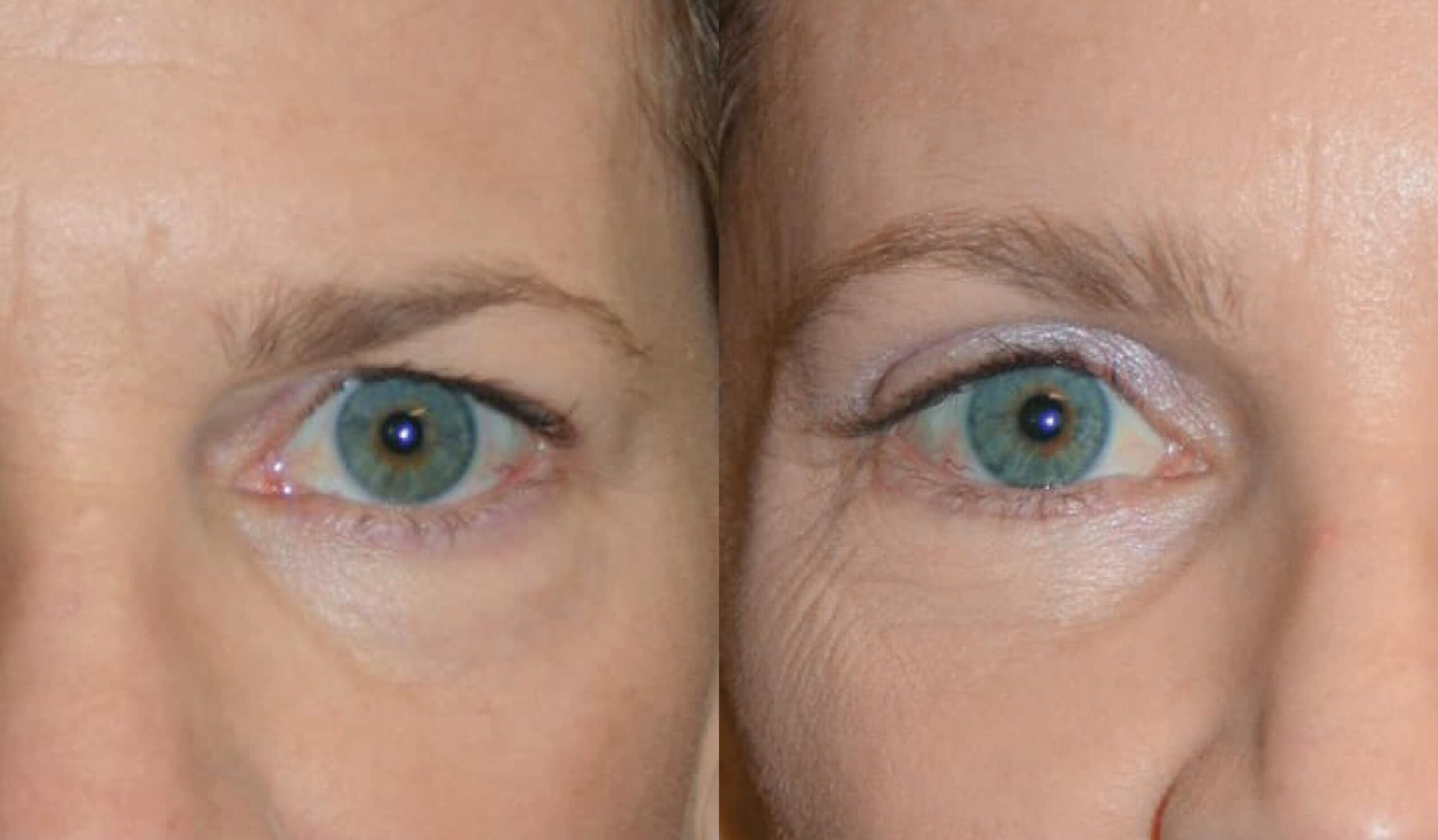Hooded Eyelids and How to Fix Them
If your hooded eyes are causing you problems and you’d like to improve their appearance, there are treatments that can help. Explore them here.
If your hooded eyes are causing you problems and you’d like to improve their appearance, there are treatments that can help. Explore them here.

Did you know that roughly 11.5 percent of all adults have hooded eyelids? Hooded eyes, also sometimes called droopy eyes, are largely considered to be a cosmetic issue. However, they can also have some adverse effects on your vision.
Luckily, there are ways to correct hooded eyes. One of these is with an eyelid surgery known as blepharoplasty.
This guide explores everything you need to know about hooded eyelids, what causes them, and how to fix them.
Hooded eyes usually refers to when the upper eyelids develop excess skin, causing them to appear sagging or sad looking. Hooded eyes can happen to people of any age. For many people, they are simply caused by genetics. Odds are, if your parent or grandparent has hooded eyes, you probably have them, too.
However, our eyelids also begin to droop as we age. This is because the muscles supporting your eyebrows start to lose their tone as time goes on. This allows the soft tissue and fat over your eyes to sag, giving them a hooded appearance.
Other potential causes for hooded or droopy eyes include things such as:
It’s pretty easy to figure out if you have hooded eyes with a simple visual inspection. Simply look in a mirror. Do you notice excess skin or fat hanging over the upper eyelid? Does it slightly change the shape of your eyes? If so, then you likely have hooded eyes.
In most cases, having hooded eyelids is only a cosmetic concern. However, when there’s so much droopy skin that it covers up the opening of the eyes, this may impair your field of vision.
In the most severe cases, droopy or hooded eyes can also lead to tension headaches as the eye struggles to focus. When hooded or droopy eyelids begin to disrupt a patient’s vision or cause tension headaches, many doctors recommend surgery to help lift the eyelid.
For most people, hooded eyes won’t really affect their daily life. However, you should see a doctor to discuss treatment options if:
In each of these cases, a doctor can help you find the best treatment option for you. Surgery is the most commonly prescribed solution since its effects are largely permanent.
Blepharoplasty is a surgical treatment to raise the eyelids. It is also sometimes simply referred to as an eyelid lift.
In this procedure, excess tissues, such as the skin and possibly the fat, are removed from the upper eyelid area. Sometimes, surgeons may tighten up the support structures around the eye to prevent sagging from reoccurring.

Blepharoplasty is usually a relatively simple procedure. The procedure itself usually only lasts from around 45 minutes to an hour. Post-operative pain is also usually fairly minimal and most patients will recover from the surgery within 1 to 3 weeks.
You should always consult with a dedicated surgeon about potential complications before undergoing the procedure. They can also go over what to expect from hooded vs. non-hooded eyes.

Blepharoplasty surgeries can lift both the upper eyelid, as in the case of hooded eyes, and the lower eyelid, often called the “bags” under the eyes.
In upper blepharoplasty, a small incision is made within the crease of the upper eyelid. Your surgeon will then remove any excess tissues, tighten the skin, and reshape the eye. The incision is made in the crease of the eyelid so that any scar tissue will be well-hidden after healing.
Lower blepharoplasty works similarly, except the incision is made within the lower eyelid. Excess skin and/or fat is then removed.
Both surgeries have similar recovery periods. They are also both outpatient surgeries, which means you can recover in the comfort of your own home.

Because eyelid surgery will give you the longest-lasting results, surgery is usually the best solution for hooded eyes.
There are some short-term treatments, such as eye drops, but these effects are very temporary and produce only a minimal improvement, if any.
If you want longer-lasting results that get to the root cause of the sagging, you’ll need to visit your plastic surgeon. Surgery is quick, simple, safe and very effective.
If you have hooded eyes and are experiencing distress because of them, blepharoplasty is a safe and simple procedure.
Contact our office to schedule your consultation today. Our team of qualified experts can help you fix your hooded eyes for good.